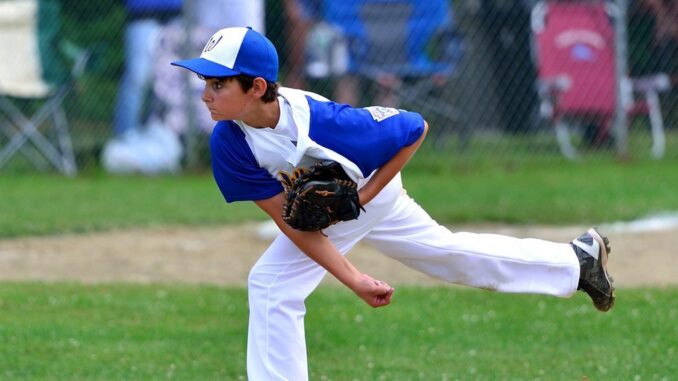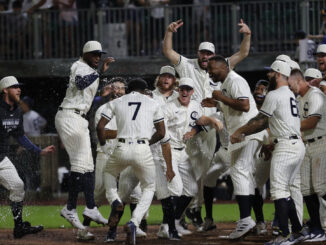
It is one of the oldest dreams in the world. Millions of children dream of it. Endless hours of work for both child and parent, dedicated to a single goal:
To play sports professionally.
I dreamt of it once myself. My body was not built for it, so I had to give it up quickly. The allure is great: wealth, fame, and access to all the things those two provide. For some, it is the idea of doing something they love their entire lives. For others, it is a means to an end: to raise a family out of a less-than-ideal situation and provide for them on a level that can be shared with everyone.
Many of the costs are known at the time. Hours upon hours are spent at practices, games, travel, working out at the gym, and using specialized equipment like a batting cage or a blocking ram. These children often give up the ability to simply play with their friends, watch television, or do any of the things kids want to do. Everything is directed towards one goal.
Only now are we seeing the costs that were not seen or perhaps ignored?
Arms at the Major League level of baseball are breaking down at a record-shattering pace. More than forty percent of starters in the league this season have spent time on the injured list. Stars like Jacob DeGrom, Spencer Strider, Shane McClanahan, Robbie Ray, and Sandy Alcantara have already been out for significant lengths of time. Tommy John surgery, formerly one of the rarest surgeries for athletes, is now being performed at the high school level. This questions how much of this damage is done before a player even throws a minor-league fastball.
It isn’t easy between states to gauge just how many innings a pitcher throws at the high school level and below. How many coaches follow these state-based guidelines is another question. Teaching breaking pitches used to be frowned upon at lower levels, but it does not stop players who want an edge or coaches who want to be part of a star’s trajectory upwards.
Younger players may recover faster, but their bodies may not be able to handle the sheer amount of muscle and ligament stress.
It is not just baseball. A study by the American Association of Orthopedic Surgeons stated that between 2015 and 2019, a record-high number of injuries occurred. Among the highest increase was concussions, making up 21.6 percent of all injuries, and football was by far the highest sport for injuries in total (3.96 per 1000 athletes). Muscle tears and sprains were the highest injury amount (36.8 percent), with high-grade muscle tears among the longest to recover.
Players are bigger, faster, and stronger than ever before. Refined training techniques have turned top high schoolers into players who could succeed at the college level thirty years ago. How much of this comes at a long-term cost?
We have seen the cost of wanting the brass ring in broad view before. Parents of prospective stars attack officials or even other coaches. Down to Little League, there are endless videos of parents taking the joy of sport and using it to attack others. Now, we are seeing the unseen costs on young bodies, some of which will never heal completely. Tearing your ACL in the NFL is one thing with your highly paid medical staff and endless treatment options and times. At a smaller high school? Not so much.
Now, even those who make it to the top are finding the road that got them there has worn them down. Running backs are leaving the NFL at the highest rate in league history. How much of that was all the bruises and battering they took on Friday nights in front of their fellow students? How much was play under the lights in college?
At the end of the day, parents and children alike will have to come to grips with the total cost. You will never stop kids from wanting that dream. Warn about the dangers and regulate all you want. At the end of the day, many will chance their long-term health to see their name in lights at a professional stadium.
Everyone needs to ask if it will be worth it to them.



